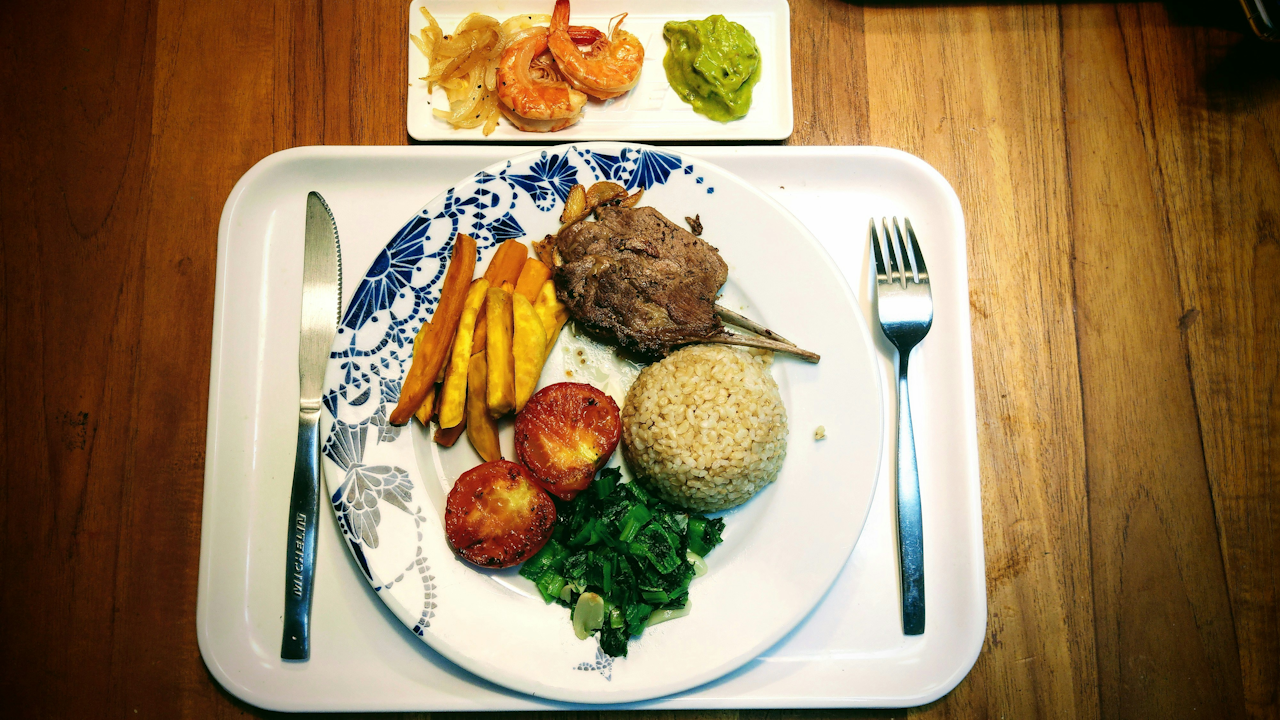The future, they say, is personalized. From the news we consume to the entertainment we enjoy, algorithms are increasingly shaping our experiences. So, naturally, the question arose: could an artificial intelligence dictate something as fundamental and deeply personal as what I eat? Intrigued and perhaps a little apprehensive, I embarked on a week-long experiment, surrendering my palate entirely to the recommendations of a sophisticated AI meal planning application. The premise was simple: input my dietary restrictions (vegetarian), my general health goals (maintain energy levels and overall well-being), and let the silicon chef take the reins. What followed was a fascinating, sometimes frustrating, and ultimately insightful journey into the potential and limitations of AI in the realm of food.
Day one began with an air of novelty. The app, sleek and intuitive, presented my breakfast: overnight oats with berries and chia seeds. It was a familiar and undeniably healthy start. Lunch was a vibrant quinoa salad with roasted vegetables and a lemon-tahini dressing. Again, a nutritious and appealing choice. Dinner, however, introduced the first hint of the algorithm’s potentially utilitarian approach: lentil soup with wholemeal bread. While wholesome, it felt somewhat…predictable. The AI, I surmised, was prioritizing nutritional balance and ease of preparation, perhaps at the expense of culinary excitement. My own morning ritual of browsing recipes or succumbing to a spontaneous craving was entirely absent, replaced by the unwavering certainty of the digital decree.
Day two brought a similar pattern. A smoothie packed with spinach, banana, and almond milk for breakfast felt efficient, if a little monotonous. Lunch was a chickpea and spinach curry with brown rice – a solid, flavorful option. Dinner, however, felt like a direct repeat of day one’s nutritional focus: vegetable and bean chili. While I appreciated the emphasis on plant-based protein and fiber, the lack of variety was already becoming noticeable. My usual week would involve a wider array of cuisines and cooking methods. The AI, it seemed, was operating within a defined set of parameters, perhaps optimizing for cost-effectiveness and minimal food waste as well.
By day three, a certain culinary fatigue began to set in. Breakfast was, predictably, another variation of overnight oats, this time with different fruits. Lunch was a repeat of the quinoa salad from day one. Dinner, while a different dish – a mushroom and barley risotto – still felt like it belonged to the same family of hearty, nutritious, and somewhat unadventurous meals. I found myself missing the joy of anticipation, the browsing of cookbooks, the subtle adjustments and improvisations that come with preparing my own food. The AI’s recommendations felt less like a culinary journey and more like a purely functional fueling exercise.
The midpoint of the week brought a slight deviation. Breakfast was wholewheat toast with avocado and a sprinkle of seeds – a welcome change from the sweet monotony of the oats. Lunch was a black bean burger on a wholemeal bun with a side salad. This felt like the most “exciting” meal so far, offering a different texture and flavor profile. Dinner was a vegetable stir-fry with tofu and noodles. While enjoyable, it still adhered to the pattern of being a relatively simple and healthy meal. I began to wonder about the AI’s understanding of flavour profiles and textural contrasts. Was it solely focused on macronutrient ratios and vitamin content?
Day five saw a return to the established routine. Smoothie for breakfast, a variation of the lentil soup for lunch (this time with different vegetables), and a baked sweet potato with black beans and salsa for dinner. While each meal was individually palatable and undoubtedly nutritious, the overall experience felt increasingly repetitive. I missed the spontaneity of trying new recipes, the satisfaction of creating a dish from scratch based on a sudden craving or inspiration. The AI’s efficiency, while commendable, seemed to come at the cost of culinary exploration and the sheer pleasure of eating.
As the week drew to a close, I found myself looking forward to regaining control over my menu. Breakfast on day six was, you guessed it, overnight oats. Lunch was a repeat of the chickpea curry. Dinner was a vegetable pasta dish, which, while different, still felt like a variation on a familiar theme. The AI’s consistency was undeniable, but it bordered on monotonous. I realized how much my usual eating habits were driven by a desire for variety, not just nutritional needs.
The final day mirrored the beginning: overnight oats for breakfast, the quinoa salad for lunch, and a hearty vegetable stew for dinner. As I ate my last AI-recommended meal, I reflected on the week. Nutritionally, I had likely eaten very well. My energy levels were stable, and I felt physically healthy. However, the experience lacked the joy, the creativity, and the personal connection that I usually associate with food.
Eating 100% AI-recommended meals for a week was an interesting experiment. It highlighted the potential for AI to create nutritionally sound and efficient meal plans. For individuals with specific dietary needs or those seeking a purely functional approach to eating, such technology could be incredibly beneficial. However, for someone who values culinary variety, the sensory pleasure of food, and the act of choosing and preparing meals, relying solely on an algorithm felt restrictive and somewhat soulless. While AI can undoubtedly play a role in optimizing our diets, it seems that the human element – the desire for flavour, novelty, and the cultural significance of food – remains an essential ingredient in a truly satisfying culinary experience. The future of food might involve AI, but hopefully, it will be as a helpful assistant, not a dictatorial chef.

